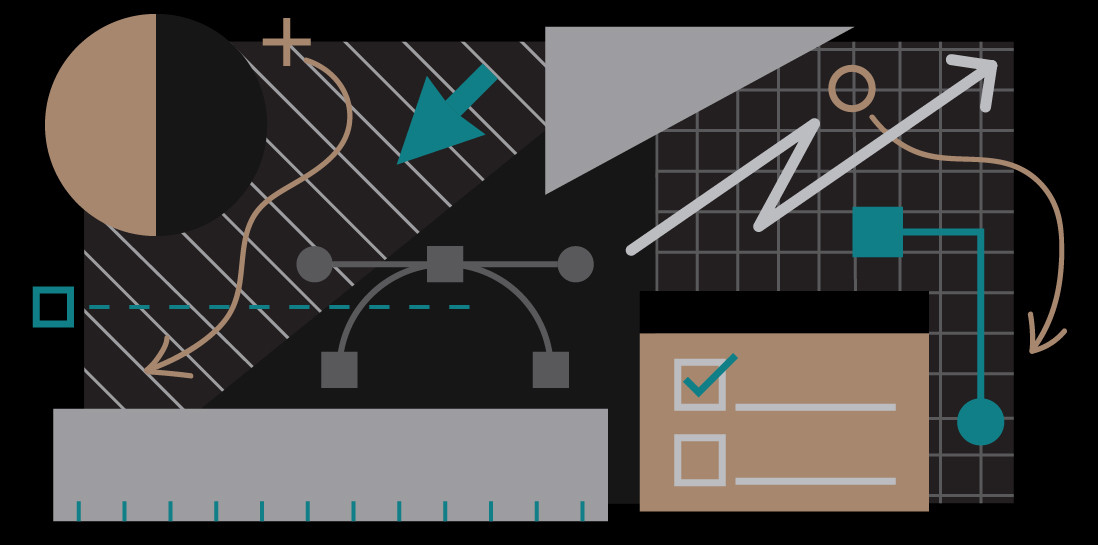
Before examining the design actions linked to better business performance, we must first answer this question: what is design?
At its core, design is so much more than aesthetics. It’s form married to function; it’s the purest form of user experience. Good design is informed by a continual process of learning and improving a product or experience based on testing, user feedback, and metrics.
That’s all very well in theory, since no one intentionally pursues bad design. But how does it shake out at the end of your fiscal year? How much is exceptional design actually worth?
We’ve got good news for you. Studies by McKinsey Quarterly and InVision draw a direct correlation between good design processes and increased revenue.
What does design impact?
Top design performers increased revenues and shareholder returns at a rate nearly double that of their industry counterparts, finds The Business Value of Design report by McKinsey Quarterly. Companies with the strongest commitment to design netted 32% more revenue and 56% more total returns to shareholders.
Additionally, three quarters of the companies surveyed in The New Design Frontier study by InVision report improved customer satisfaction and usability through design. 40% of companies say their design teams have shaped whole products or services. And, 92% of top level companies indicate a dramatic impact on revenue.
The top 5 proven impacts of design:
- Product usability
- Customer satisfaction
- Revenue
- Brand equity
- Conversions
(Source: The New Design Frontier report by InVision)
How can you gain the benefits of good design?
What sets extraordinary companies apart from merely average ones? And what tangible steps can you take to reap the same benefits they do?
Benefits of good design aren’t just limited to improved financial performance. Investing in good design practices yields benefits that extend to more well-integrated teams, better customer service, and a better end product.
The bottom line: your bottom line improves, but so does everything else.
To benefit from improved revenue, implement these 4 design actions from McKinsey Quarterly that correlate with improved financial performance:
- Measure and drive design performance with the same rigor as revenues and costs. Set objective targets for designers. More than half of companies admit they have no objective way to assess or set targets for the output of their design teams.
- Break down internal walls between physical, digital, and service design. Use design as a learning and testing tool to create a better user experience. Only 50% of companies conduct user research before generating their first design ideas or specifications.
- Cross-functional talent: Make user-centric design everyone’s responsibility.
Integrate design into your other business processes for a non-siloed approach. User experience is prioritized by developing these cross-functional teams. - De-risk development by continually listening, testing, and interacting with end users. Seek real feedback from end users during development of new products or ideas. More than 40% of companies aren’t talking to their end users during development. But social media and smartphones give companies quick access to real, live customers. Why pass up that opportunity?
We firmly believe design should be incorporated into each aspect of a business; that’s why we intentionally design integrated marketing experiences. Integrated experiences generate better products, win satisfied users, and earn greater profits. How much is that worth to you?